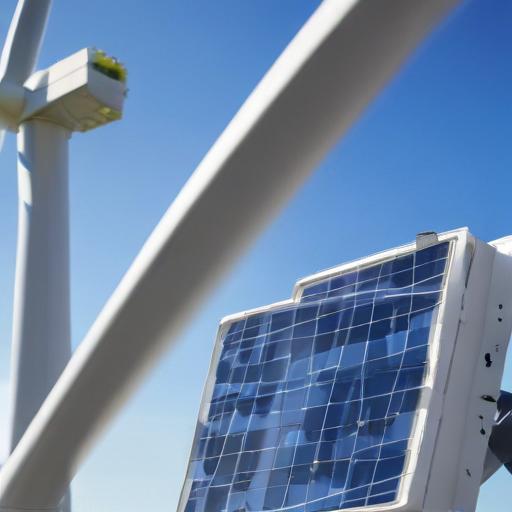Virginia is facing an impending power challenge as highlighted in Dominion Energy’s 2024 Integrated Resource Plan (IRP), which forecasts a 5.5% annual increase in electricity demand over the next decade. This increase is expected to double the state’s current electricity demand by 2039, largely fueled by the rise of data centers, cloud computing, and energy-intensive artificial intelligence technologies.
The Virginia Economic Development Partnership notes that Virginia boasts the largest data center market globally, thanks to favorable tax incentives and a robust fiber optic infrastructure. However, the growing demand for power isn’t just about capacity; affordability is a significant concern as well. Recent power capacity auctions revealed alarming price spikes, with costs for the 2025-2026 delivery year reaching $269.92/MW-day across the PJM region, a dramatic jump from $28.92/MW-day last year. In Dominion’s territory, prices even peaked at $444.26/MW-day, leading to higher electric bills for consumers regardless of their individual energy usage.
To tackle these challenges, Dominion Energy emphasizes the need for a multifaceted approach. Recent statements from Ed Baine, President of Dominion Energy Virginia, underscore the urgency of addressing this demand surge, which mirrors the rapid growth experienced post-World War II. An “all-of-the-above” strategy is essential, combining various energy sources and innovative solutions.
Virginia Governor Glenn Youngkin has initiated one such innovative approach by signing the Community Energy Act (HB 2346/SB 1100), which calls for the development of a 450-MW virtual power plant (VPP). This pilot program aims to assess grid capacity needs and the ability of VPPs to provide essential services, especially during peak demand periods. Dominion must submit its VPP plans to the State Corporation Commission by December 1.
VPPs leverage advanced technologies, including artificial intelligence, to coordinate output from distributed energy resources (DERs) such as rooftop solar, energy storage systems, electric vehicles, and smart home devices. By aggregating numerous DERs into a single resource, VPPs can help balance supply and demand on the grid, particularly during peak times.
Moreover, the legislation promotes accessibility by ensuring low-income communities can also take part in the VPP program and enjoy its benefits. The act opens avenues for various technologies, not solely limiting itself to battery storage and solar, allowing for future innovations in energy production and distribution.
Thad Culley from Sunrun notes the potential for significant growth in residential battery usage due to the Community Energy Act, projecting that Virginia could become a prominent market for residential batteries, further assisting in managing the growing demand for electricity.
Virginia’s proactive stance on managing future electricity demands showcases an opportunity not only to tackle current challenges but also to solidify its status as a leader in the energy sector while accommodating burgeoning technological advancements. With concerted efforts and innovations like the VPP, the state is aiming for a sustainable and affordable energy future.
